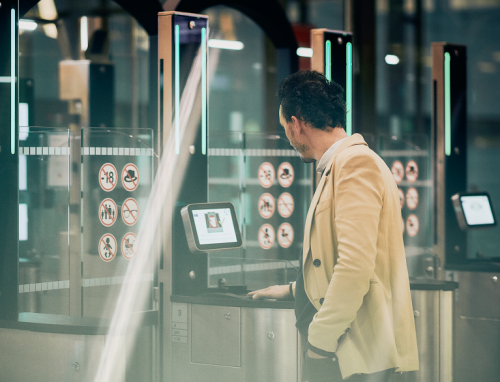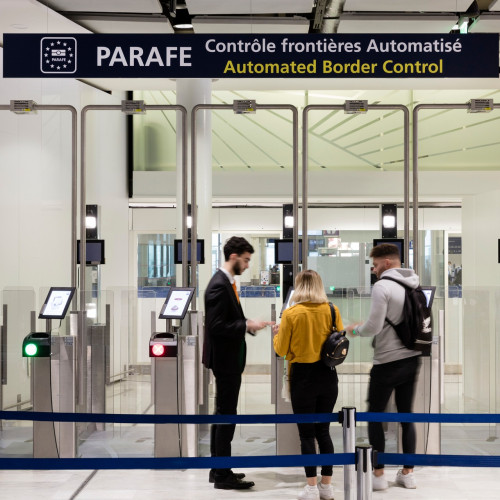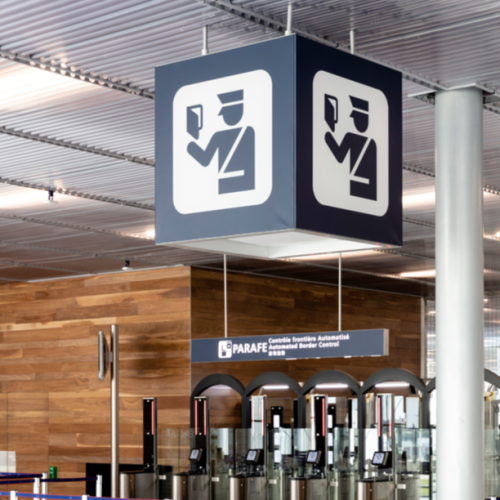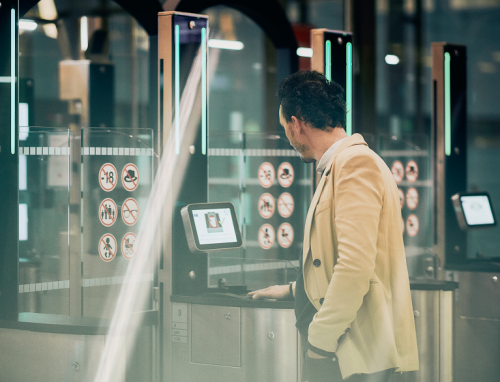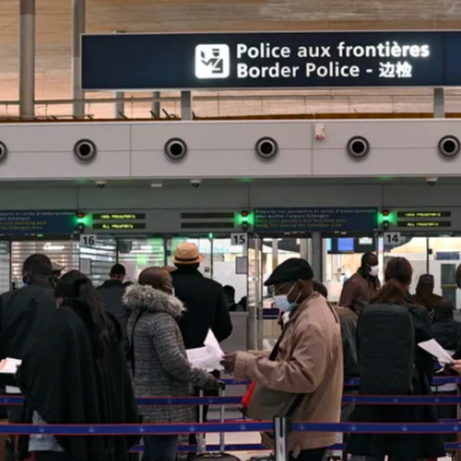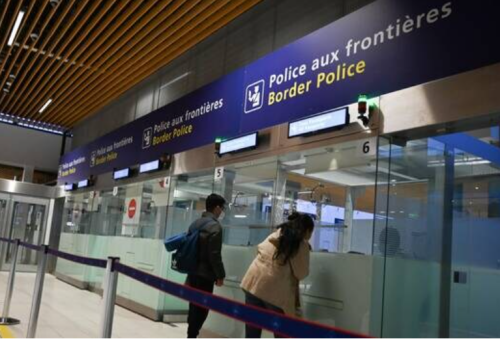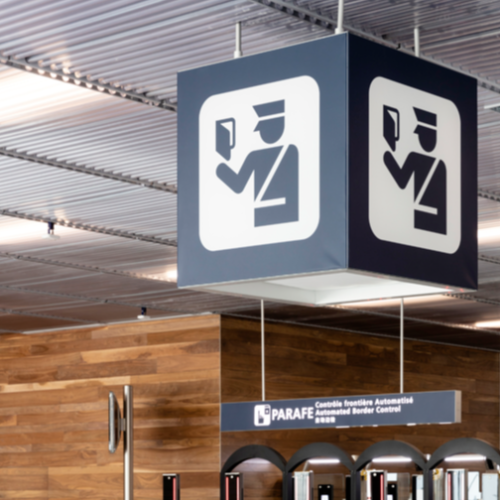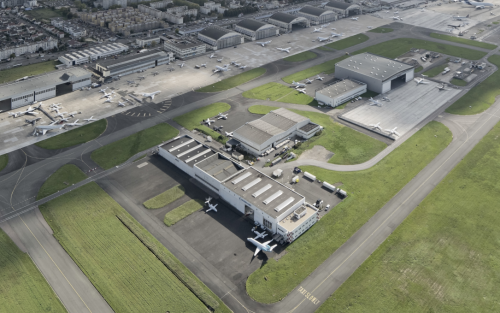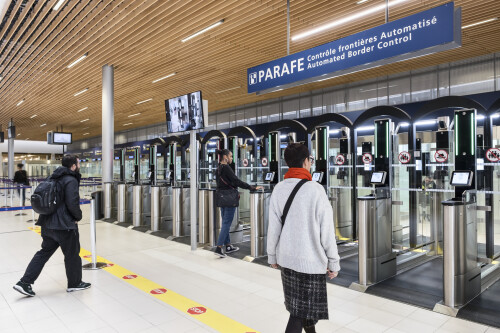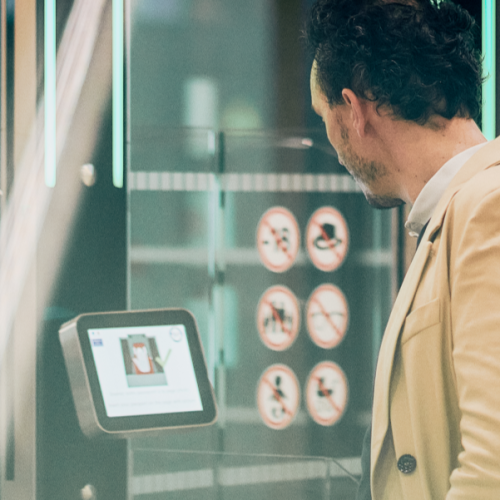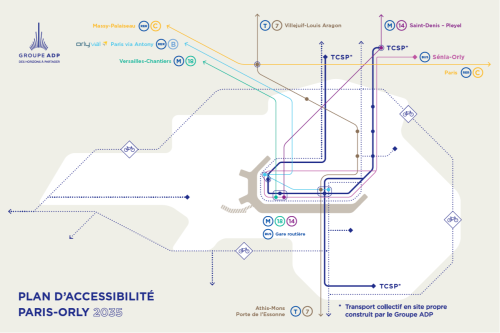The "Direction de la Police aux Frontières" (head of French Border Police) and Groupe ADP have joined forces to draw up a monthly report on the waiting times encountered by passengers at the various border control points at Paris-Charles de Gaulle and Paris-Orly Airports.
General trend observed in July and August 2023 [1]:
For the record, the maximum waiting times at the Border Police in airports, targeted by the French Prime Minister - during the inter-ministerial council on tourism on 26th July 2017 -, are 30 minutes for European nationals and 45 minutes for non-Europeans.
- At Paris-Charles de Gaulle: between July 19th and August 31st out of nearly 4.5 million passengers on international flights [2], 4% waited less than 10 minutes, 98.1% less than 30 minutes and 99.5% less than 45 minutes.
- At Paris-Orly: for July and August out of nearly 2 million passengers on international flights, 93% waited less than 10 minutes, 99.9% less than 30 minutes and 100% less than 45 minutes.
Partial data for July at Paris-Charles de Gaulle: decree no. 2023-544 of June 30th, 2023 and the ministerial implementing order of the same date have extended the number of non-European nationalities eligible to use PARAFE automatic airlocks. They can now be used by 61 nationalities departing from Paris (aged 18 and over) and 13 nationalities arriving (aged 12 and over), compared with 8 nationalities before summer.
It required a complete reconfiguration of the queues, and therefore a recalibration of the measurement tools. In order to consider a phase of stabilisation, waiting times are taken into account from July 19th.
Events resulting in waiting times of over 30 minutes [3]:
At Paris-Charles de Gaulle /
Week 29 (from July 19th to 23rd): 43 events impacting approximately 10,870 passengers, with an average waiting time of 44 minutes.
Week 30: 41 events with an impact on approximately 9,680 passengers, with an average waiting time of 46 minutes.
Week 31: 59 events with an impact on approximately 20,640 passengers, with an average waiting time of 46 minutes.
Week 32: 46 events with an impact on approximately 11,000 passengers, with an average time of 43 minutes.
Week 33: 33 events affecting around 7,900 passengers, with an average waiting time of 43 minutes.
Week 34: 20 events affecting around 4,390 passengers, with an average waiting time of 41 minutes.
At Paris-Orly /
Week 27: 4 events affecting around 700 passengers, with an average waiting time of 39 minutes.
Week 28: no event has caused a waiting time exceeding 30 minutes.
Week 29: no event has caused a waiting time exceeding 30 minutes.
Week 30: 2 events affecting approximately 400 passengers, with an average waiting time of 39 minutes.
Week 31: 6 events affecting around 600 passengers, with an average waiting time of 41 minutes.
Week 32: 4 events affecting around 700 passengers, with an average waiting time of 38 minutes.
Week 33: 3 events affecting around 300 passengers, with an average waiting time of 39 minutes.
Week 34: 1 event affecting around 200 passengers, with an average waiting time of 38 minutes.
Flashbacks at some events:
- On Friday July 21st, departures at Paris-Charles de Gaulle Terminal 1, technical problem, on PARAFE airlocks, between 9.30am and 10.30am: every aubettes were open, but PARAFE airlocks were very slow, with passports difficult to read. Passengers were redirected to aubettes to minimize the impact, and audible announcements were made. Around 800 passengers waited for almost an hour.
- On Thursday July 27th, arrivals at Paris-Charles de Gaulle Terminal 1, computer breakdown of the border control system, between 1.45pm and 2.05pm. In view of the large number of passengers, it was decided to prioritize departures and mobilize the maximum number of police personnel, to guarantee the punctuality of the flight schedule. Some 645 passengers waited for over an hour.
- On Tuesday August 1st, departures at Paris-Charles de Gaulle Terminal 2E, between 7.40am and 2.00pm, very high attendance day. Due to the high number of passengers, the police officers present were unable to cope with the traffic load. Some 2,860 passengers waited between 30 and 60 minutes. Audible announcements, prioritization of vulnerable passengers and families with children, and water distribution were organized.
- On Sunday August 6th arrivals at Paris-Charles de Gaulle Terminal 2E, between 7.40am and 10.40am, busy morning due to return wave. High attention was paid to optimizing the use of PARAFE airlocks and to limiting waiting times in certain queues, notably Family access. In the "standard" queue (neither family nor PARAFE eligible), some 835 passengers waited between 35 and 55 minutes.
- On Thursday August 10th arrivals at Paris-Charles de Gaulle Terminal 1, passenger routing between the two boundary lines and distribution of police staff. Terminal 1 has two boundary lines, one main and the other used as a back-up, particularly during peak periods. On August 10th, against a backdrop of heavy traffic, too few passengers were redirected by reception staff to the back-up border line, resulting in a shift in the balance of police staff in favor of the main border line, and hence a period of disorganization. Around 660 passengers waited for almost an hour.
- On Saturday August 19th arrivals at Paris-Charles de Gaulle Terminal 2E, at the end of the day. During the weekend, the decision was made to increase police staffing levels in the morning and at departure checkpoints, to guarantee the punctuality of the flight schedule. At the end of the day and in the evening, with fewer manpower available, between 4.30pm and 6.30pm, 1,100 passengers waited up to an hour; then a second peak between 8.15pm and 9.30pm saw almost 300 passengers wait 50 minutes. Audible announcements, prioritization of vulnerable passengers and families with children, and water distribution were put in place.
***
Summer review: a clear improvement in border fluidity
Increased police staff, new PARAFE airlocks and a wider range of eligible nationalities: all these factors have helped to improve the flow of passengers through Paris airports this summer.
At Paris-Orly, 90% of passengers waited less than 10 minutes; waiting more than 30 minutes is becoming extremely rare.
At Paris-Charles de Gaulle, the proportion of passengers waiting less than 10 minutes was 7% higher in July-August than in June (77% in June, 84% in July-August). Compared with June, the number of events involving waits of over 30 minutes was halved on average.
The recruitment of more than 270 additional contract agents, to reinforce the Border Police workforce, has largely contributed to this improvement in waiting times.
At the same time, 17 new automatic PARAFE airlocks have been added, and this reinforcement plan will continue, with the aim of offering 170 airlocks by summer 2024 (+39% compared with 2023).
The expansion of the number of nationalities eligible to use PARAFE airlocks was another factor in the improvement: from 8 nationalities from non-European countries eligible at the start of the summer, we now have over 60 departing nationalities (aged 18 and over) and a dozen arriving nationalities (aged 12 and over) who can use these airlocks with a biometric passport. This has given us the opportunity to completely overhaul the queues and the reception system, to optimize the use of these airlocks, and to accompany passengers on their journey. For example, at the Paris-Charles de Gaulle Hub borders, which are the busiest, the PARAFE airlocks utilization rate has risen from 27% in summer 2022 to 38% this summer.
***
Details of monthly results for July and August 2023 regarding Paris-Charles* de Gaulle and Paris-Orly:
Methodology: real time data from counting sensors
Since 2019, Groupe ADP has deployed tools to monitor and control passenger flows and waiting times. In particular, sensors allowing the number of passengers to be counted in real time in a queue have been deployed to equip the border crossing and safety control areas of Paris Airports.
This is a real-time measurement tool that is automatically updated every five seconds. It counts the number of passengers in a queue by measuring how long the last person to leave the queue has been waiting. Between 80 and 200 sensors are needed to cover an area, depending on its size.
The data is fed into an operational performance monitoring tool that analyses what has happened in an operational day. It is the data extracted from these sensors that is used to set up this barometer.
[1] At Paris-Charles de Gaulle, in April, out of nearly 2.8 million international passengers, 80% waited less than 10 minutes, 95% less than 30 minutes and 98% less than 45 minutes. At Paris-Orly, in April, out of nearly 770,000 international passengers, 90% waited less than 10 minutes, 99% less than 30 minutes and 100% less than 45 minutes.
[2] Passengers who crossed a border at departures, connections or arrivals at Paris-Charles de Gaulle or Paris-Orly are taken into account (not therefore passengers on domestic or Schengen flights).
[3] Events impacting more than 50 passengers per calendar week are included. Two occurrences must be separated by 20 minutes, otherwise only one event is counted.









